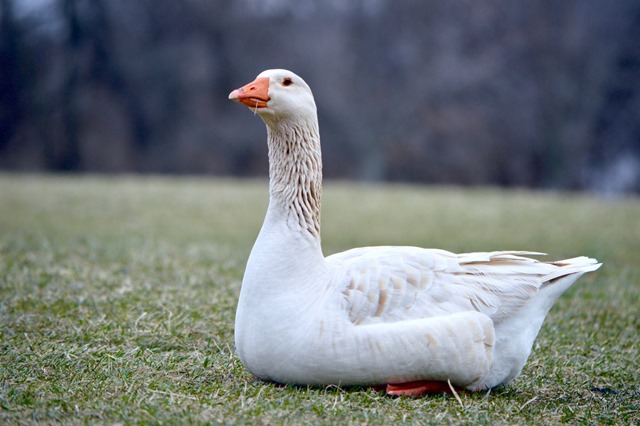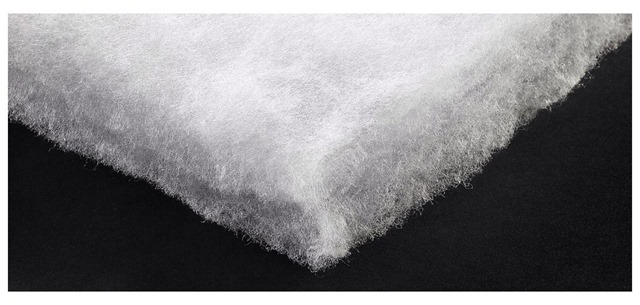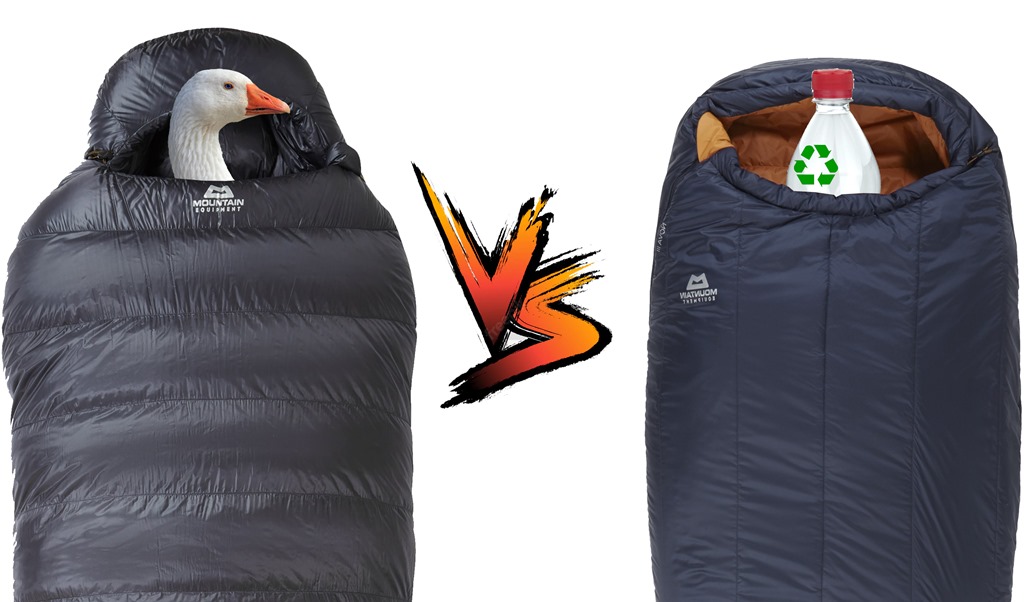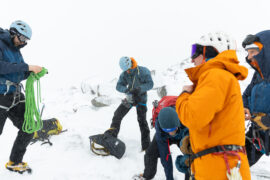Take a look as we discuss the pros and cons of each type of insulation in your sleeping bag.
…
We cannot deny it, the cold plays a huge part in the obstacles faced when getting outdoors, especially when getting a good night’s sleep.
When talking about sleeping bags, insulation comes in many forms but certainly works with the same principle in mind and that is trapping your body warmth as it rises from you and holding it right next to you so that the cold cannot make its way in. It is exactly how the insulation in your loft works, or the duvet on your bed. Heat rises from its source and quickly escapes, insulation is what prevents it from doing so.
One of the questions we are most often asked in our stores or online is which form of insulation is best in outdoor gear, down feathers or synthetic alternatives. Perhaps frustratingly, like many questions regarding outdoor gear, the real answer is of course …. that depends. We’re going to be explaining the key differences between these two main forms of insulation and explaining which conditions each would be considered the best.
What are the key differences in performance?
To speak broadly, the two mains types of insulation used today in sleeping bags are either natural down insulation or synthetic insulation. In truth, both have their pros and cons. Down is lighter in weight and weight-for-weight warmer than synthetic insulation. Finally, down is also capable of packing down smaller and is generally light in weight. So that answers it right? It’s down! Well no, I’m afraid it isn’t quite as simple as that as down fails to insulate when it’s wet, not ideal for our famously soggy climate. Synthetic insulation, on the other hand, maintains its insulating power in damper conditions. Let’s take a closer look at each and see the key difference between the two.

What is down insulation, and how is it in sleeping bags?
Down comes from the undercoat of bird feathers, most commonly duck and geese in regards to clothing. They are the finest feathers closest to the bird’s body. These light, fluffy feathers are what the bird uses to keep itself warm. Water birds such as ducks and geese from cooler climates have the best insulative down. Down feathers trap warm air between their loose tendrils helping to prevent heat loss. Neither down or synthetic insulation actually create heat; they simply and effectively maintain the body heat which your body generates.
All of our brands in store have made or selected their own ways of making the down used as ethical as is possible, all down within the Taunton Leisure range is sourced as a by product of the meat industry and is fully traceable to its source, this is an important step in ensuring the animal welfare involved in sourcing high-quality down. Taunton Leisure and all of the outdoor brands within our range abhor animal cruelty such as live plucking and force feeding. Down has the lowest carbon footprint of any fill material.
Down structure is mad up of a cluster of down tendrils covered in smaller hairs, when allowed to get wet, water soaks the down structure and sits where warm air should go, not allowing it the stay and making the down clump together, ridding it of its insulative properties.
When putting this in the context of sleeping bags, when exploring really cold climates, you will only see people using down. This is because when using a decent fill power, you can have a sleeping bag as warm as any synthetic fill option at half the weight and pack size. If your plan is to go into far below zero places, or are just looking for something and as lightweight as possible, then a down sleeping bag should always be your answer.

What is Synthetic insulation, and how is it in a sleeping bag?
Synthetic insulation is more often than not made of of polyester, either raw or recycled (our brands nowadays carry many recycled fill options which work every bit as well as virgin polyester). It is engineered to mimic down’s lofty tendril structure in order to trap warm air for insulation, usually by being processed into fibres and then pressed into sheets or pads. This man made structure is not as fine as down feathers and is not nearly as compressible and to achieve the same insulative level as down, you would need more synthetic insulation causing it to be bulkier and heavier. Where synthetic insulation stands above down though is in its ability to keep over 90% of its insulative properties in wet or humid conditions. It also dries much faster making it easier to wash and care for. Polyester fibres are also a fair bit more durable than down.
When in the context of sleeping bags, synthetic fill offers a very easy to care for, simple and reliable option in our British climate. It is very easy to wash, quick to warm up and most notably, much better performing if wet. You’ll find that many British bivvyers opt for synthetic bags. Because the structure of synthetic fill is not porous and doesn’t clump together when damp, the space is still able to trap air. If you’re looking for a simple bag for soggier British conditions, with the exception of maybe the peaks, lakes and Scotland in Winter, find yourself a synthetic option. Best thing of course additionally with synthetic options.. in general.. they are much cheaper.









